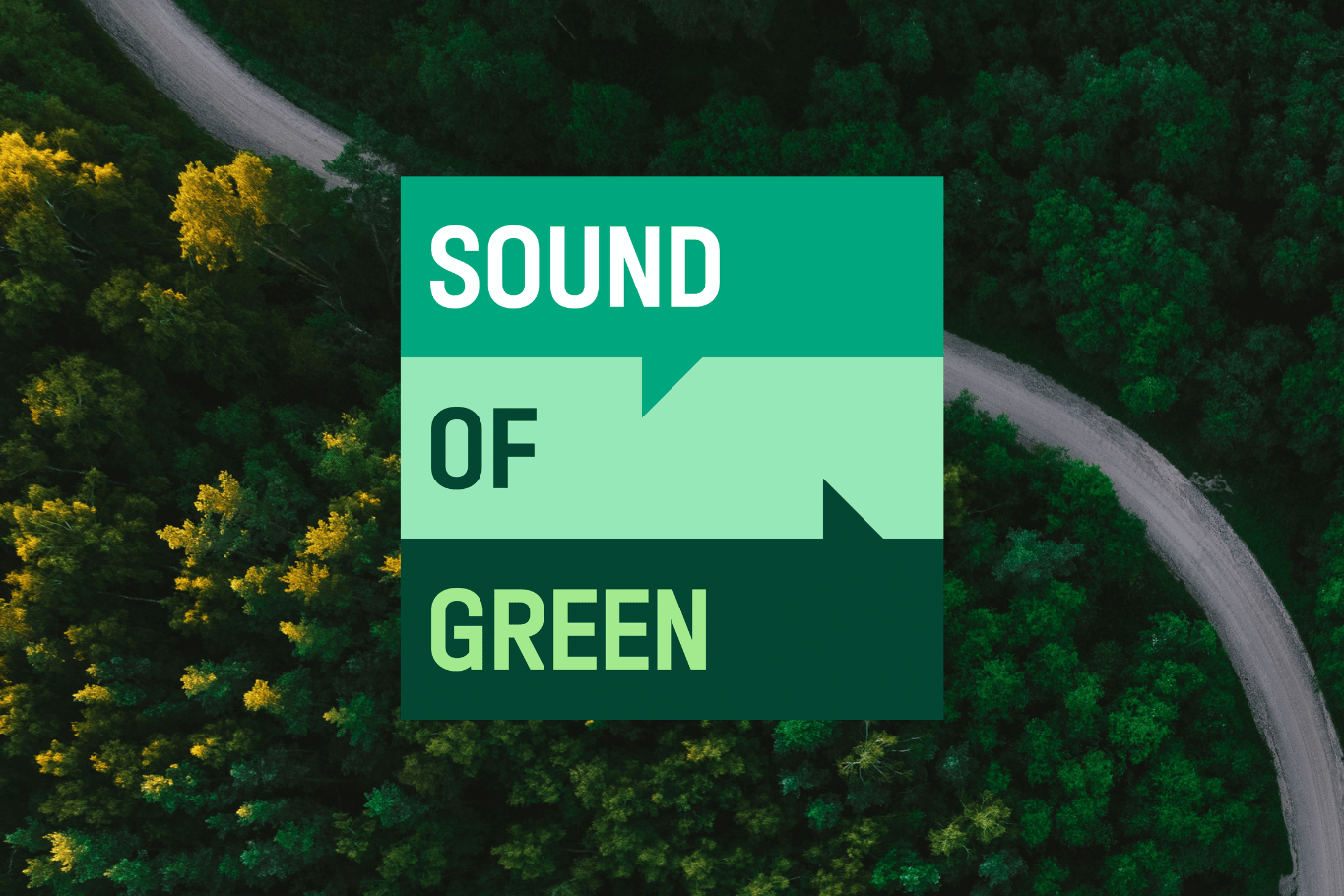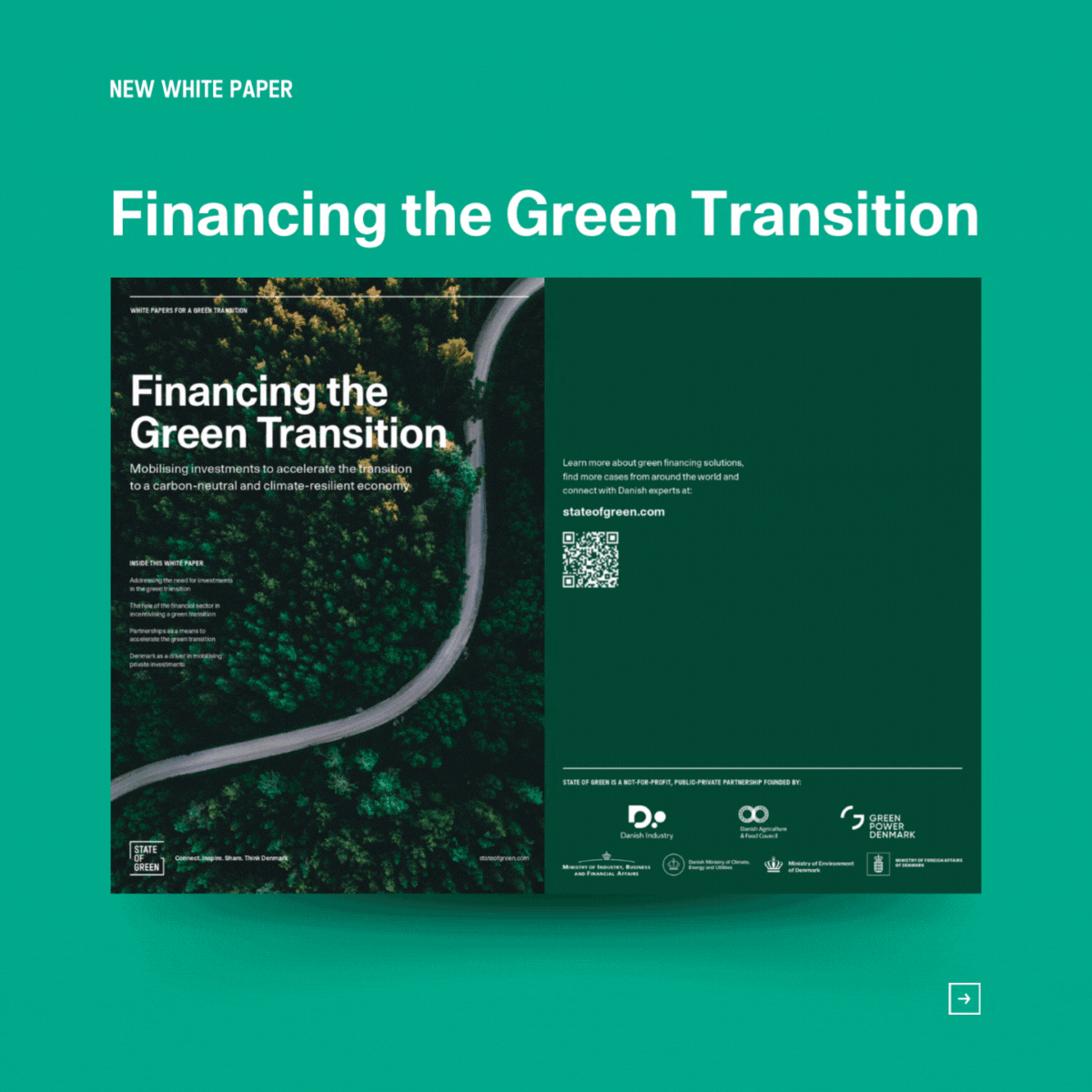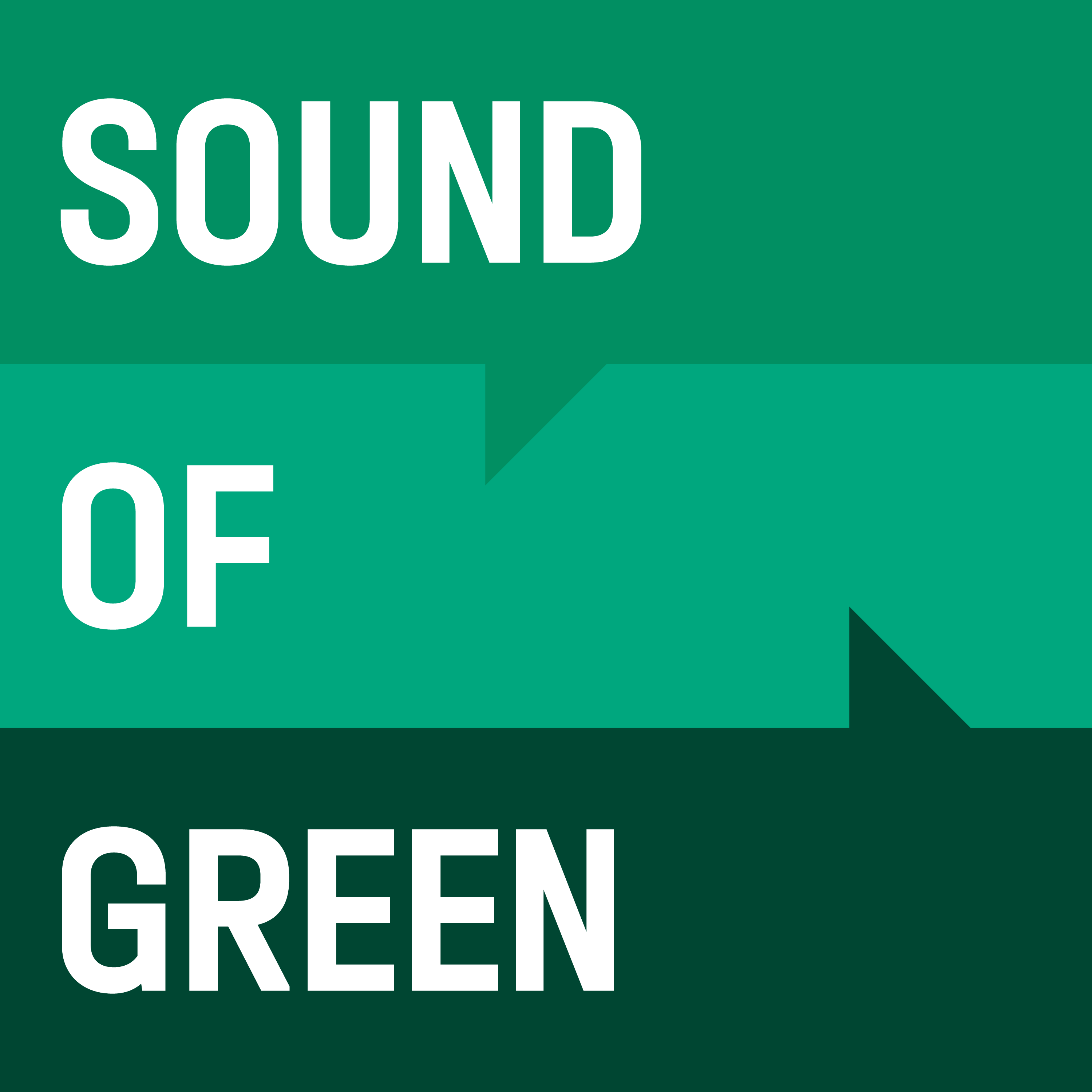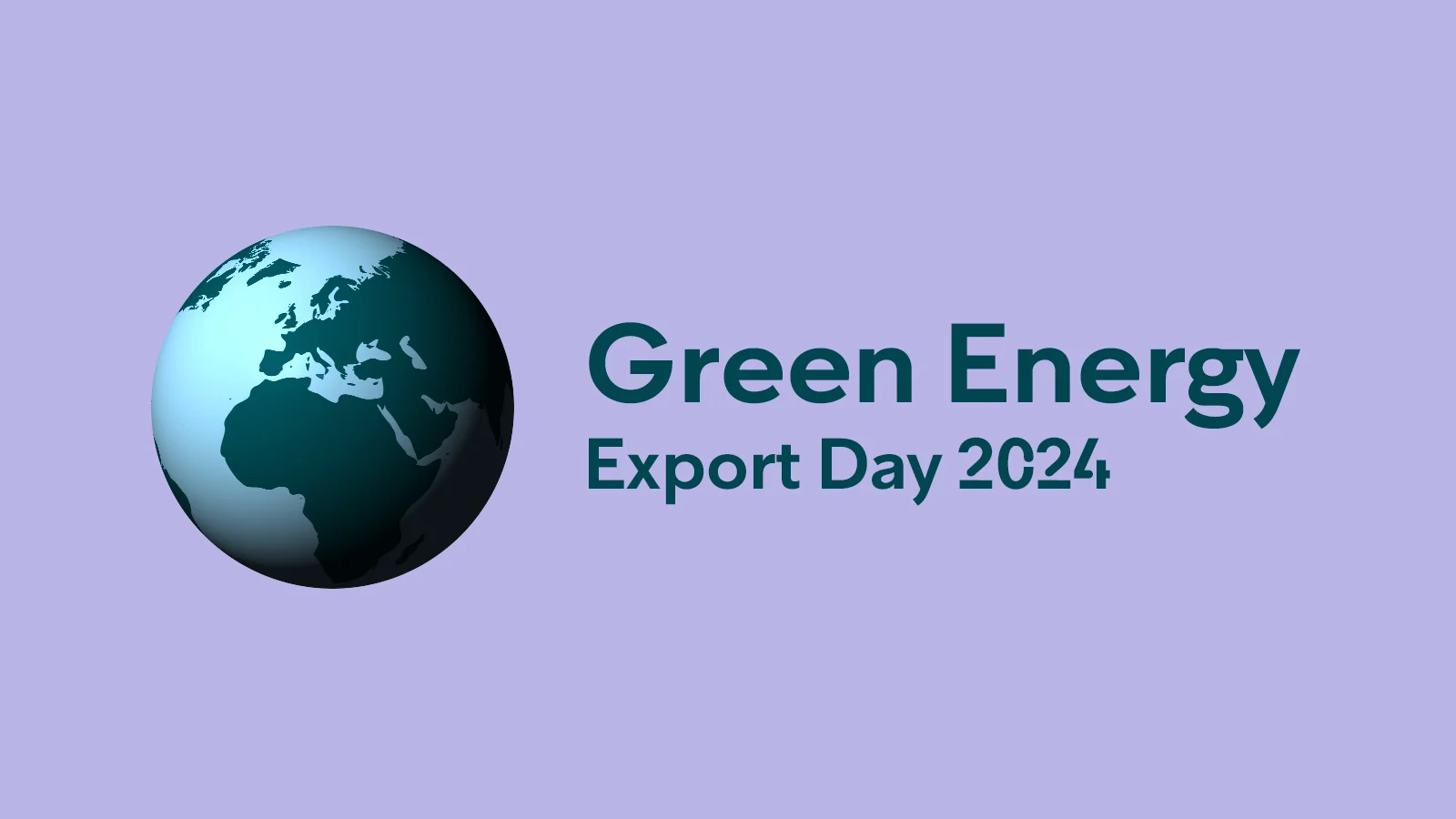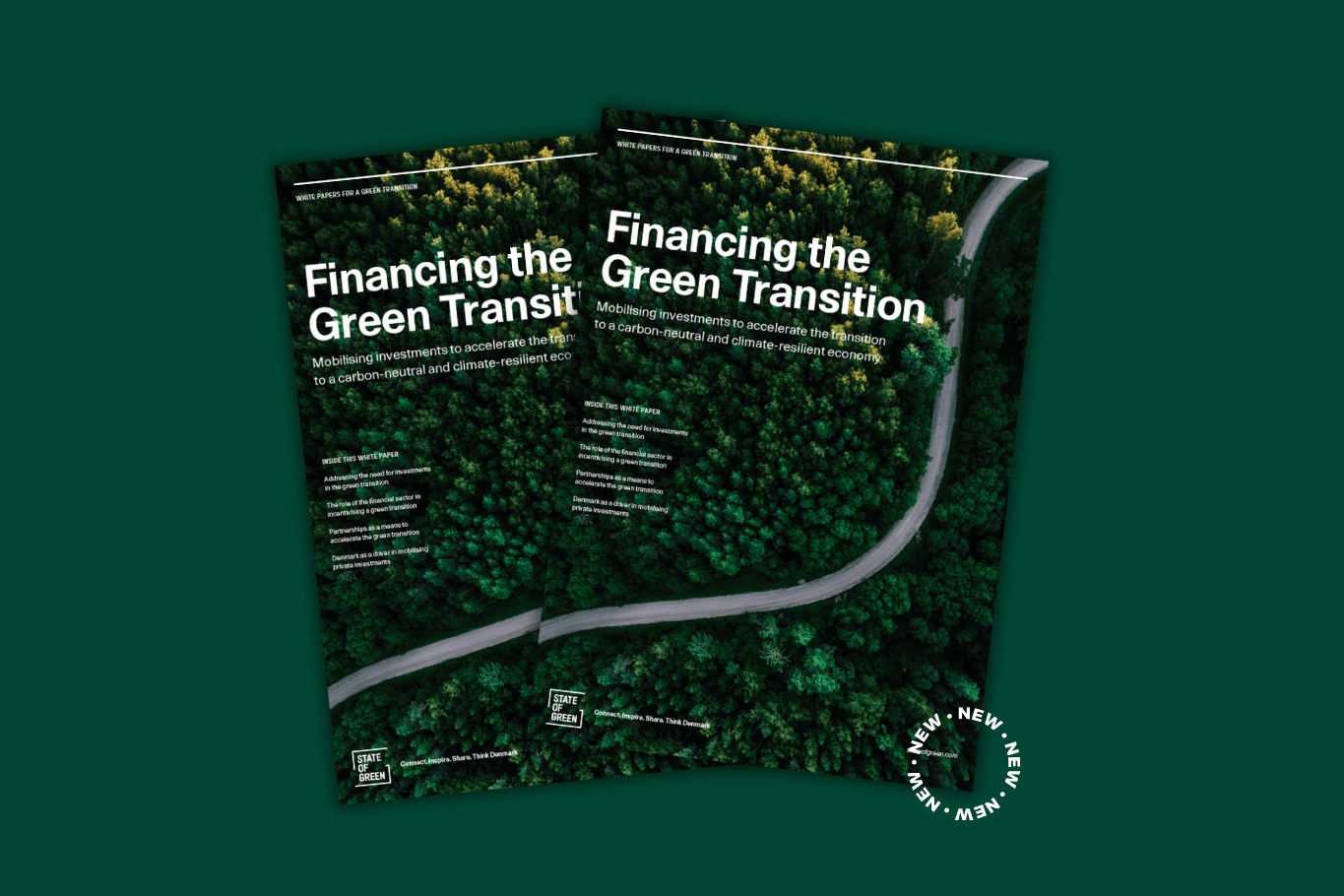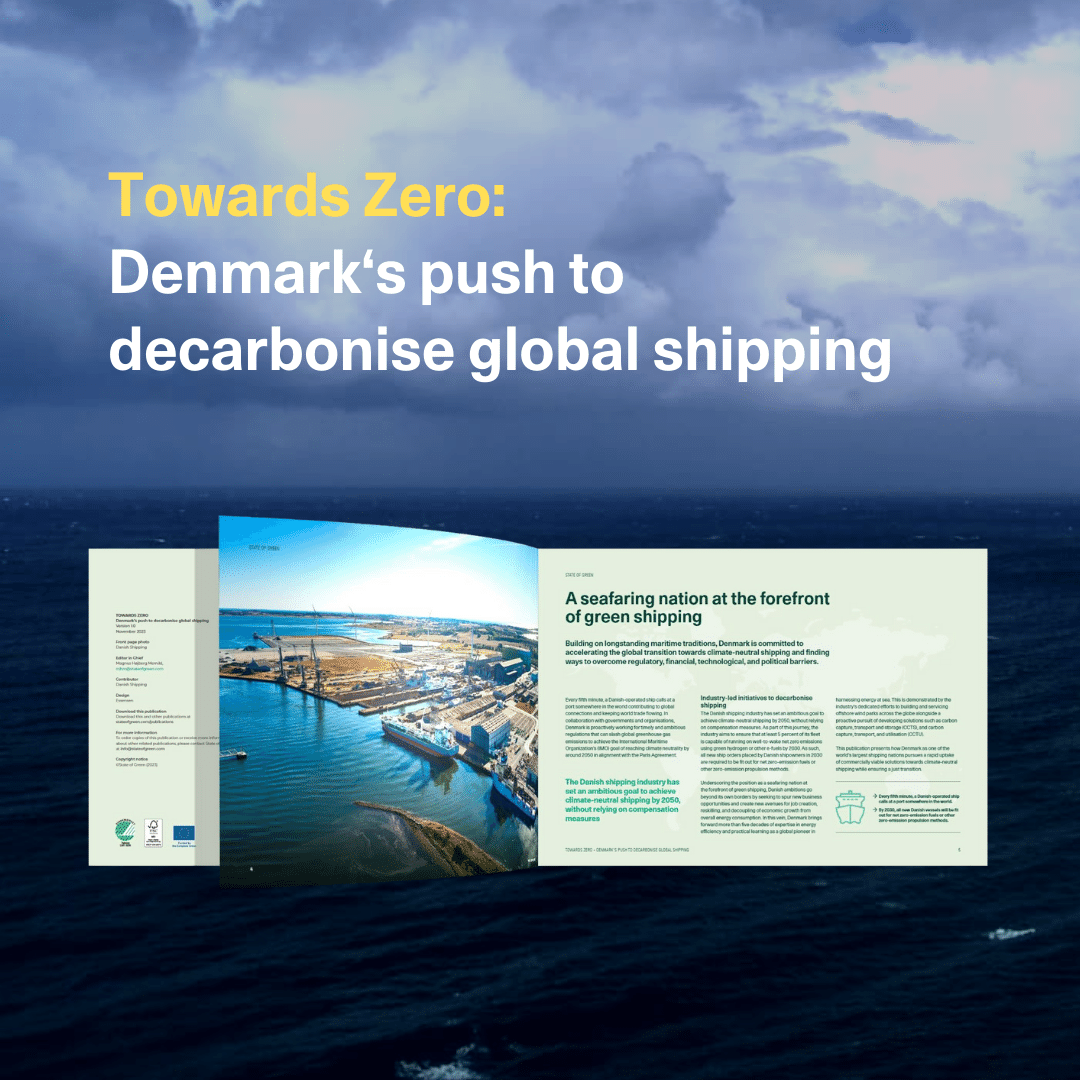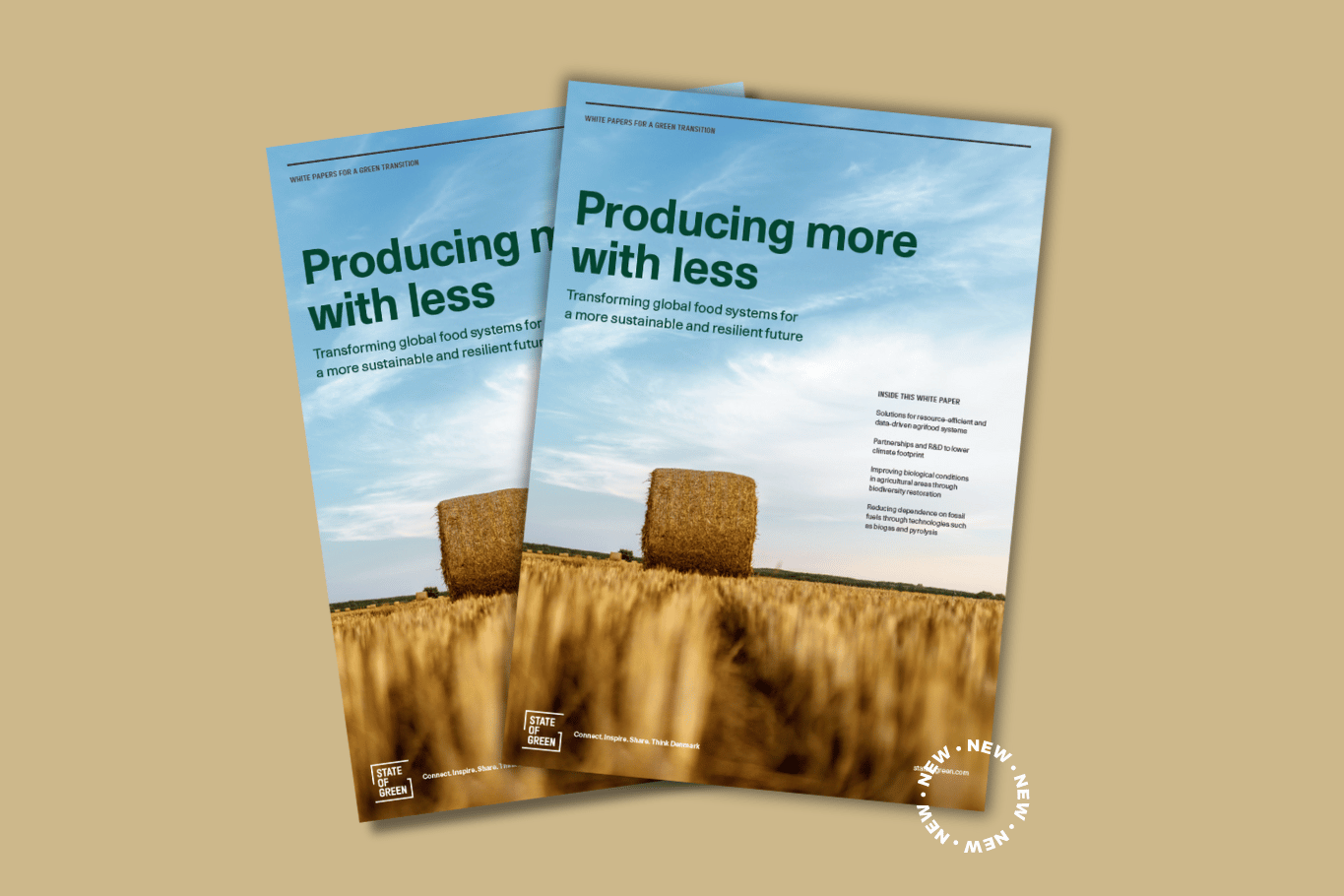Investing in the future
It’s not news that the world urgently needs to transform energy systems and reduce CO2 emissions, increase climate resilience, and protect biodiversity to secure a sustainable and liveable planet. What is sometimes forgotten, is that these needs come with a hefty initial price tag.
It is estimated that the financing needs per year by 2030 to address these challenges will be between 2-2,8 trillion USD. That is almost the equivalent of India’s entire GDP that we must find a way to channel into global climate action each year in the near future.
The incentive structures are slowly but surely starting to shift for the better. Not least because of the growing realization that addressing climate change is one of the greatest commercial opportunities of our time, a realization which Danish pension funds have long known to be true:
PensionDanmark ventured into green financing, where we went directly into green assets in 2010. Back then, interest rates were declining, and we were looking for other places to invest our money to get good yields and good returns. Our first investment was made in a Danish offshore wind farm called Nysted. At the time, that was quite exotic. That investment was the first of its kind on a global scale, where a financial investor went into offshore wind sector.
When we look at investing in renewables, we hold it up to the same standards as any other investments that we might make. We require the same returns. It’s really been a threefold win for us, both in terms of returns, climate impact, and our members being very happy and proud about their contribution to that agenda.
Rune Gade Holm, Head of Private Markets at PensionDanmark
The scope and scale reached new heights for the entire Danish pension industry in 2019. As the first national industry in the world, Danish pension funds made a collective pledge at the UN General Assembly to invest a total of EUR 63 billion in clean energy technology by 2030. The latest progress report shows that pension funds are well on track, and Rune is confident that they’ll fulfil their goal:
For now, it looks like we are well on the way to fulfill that pledge by 2030. And I don’t see any reason why we shouldn’t. We are on the right trajectory, and the demand for renewables is just increasing on a global scale. So there’s a big investment opportunity out there.
Rune Gade Holm, Head of Private Markets at PensionDanmark
Mobilizing capital for scaling renewable energy infrastructure
The Danish fund manager Copenhagen Infrastructure Partners, also known as CIP, is a prime example of what it looks like when the opportunity is seized. Since its founding in 2012, CIP has become one of the world’s most sought-after investment firms for green energy and infrastructure projects. And one of the reasons why is that CIP directly links capital to project management, making them fully engaged in the realization and success of their investments:
On one side, CIP is a fund manager raising money for investments in renewable energy infrastructure. But then we’re also, on the other hand, a developer. That means what we do for a living is identifying projects. We develop projects, we construct projects, and then we operate projects before we divest. So an investment from CIP would have a lifespan of something between 10 to 20 years, depending on the country and the market in which we’re working.
Lars Gert Lose, Head of Global Project Public Affairs at Copenhagen Infrastructure Partners
CIP’s project portfolio covers a broad range of green energy solutions from off-shore wind, to energy storage, to advanced bioenergy. Their different endeavours and markets are covered by 12 funds, each of which taps into certain explicit needs and trends in the energy transition. And this transparency is an important part of CIP’s successful approach to green financing:
We don’t just raise money for a fund, where you don’t know what the money is going for, except it will be investments in renewable energy infrastructure. You can actually see the portfolio of projects we’re working on and what projects you will be investing in as an institutional investor in CIP. It also makes it easier for investors to explain what they’re actually investing in when they talk to their boards and their customers, many of whom are pensioners for the institutional investors who invest in us. I think that’s important.
Lars Gert Lose, Head of Global Project Public Affairs at Copenhagen Infrastructure Partners
